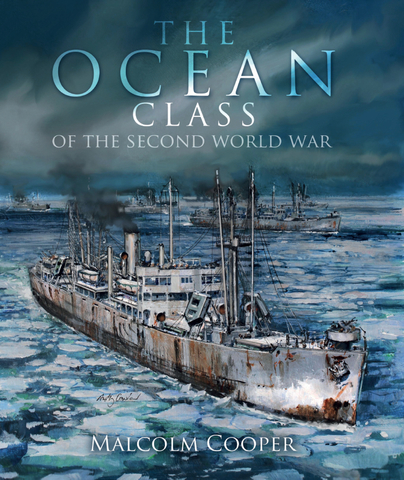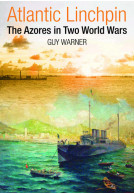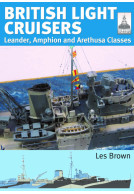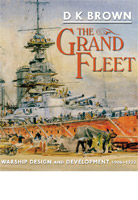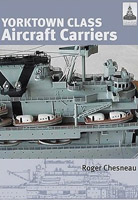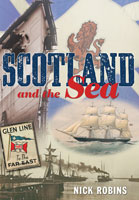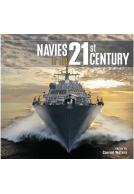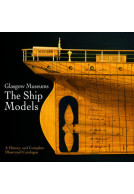The Ocean Class of the Second World War (Hardback)

Pages: 216
Illustrations: 125 black and white illustrations
ISBN: 9781399015530
Published: 30th May 2022
(click here for international delivery rates)
Order within the next 1 hour, 52 minutes to get your order processed the next working day!
Need a currency converter? Check XE.com for live rates
| Other formats available | Price |
|---|---|
| The Ocean Class of the Second… ePub (37.9 MB) Add to Basket | £15.59 |
This new book tells the story of the Ocean class of standard cargo ships, their design, building and careers, and the author places them firmly in the context of the battle of the Atlantic which was raging at the time of the first launchings.
They entered the vanguard of the Allied shipping effort at a time when the German U-boat threat was at its most dangerous, and British shipping resources were stretched to the limit. They were deployed in the North Atlantic, on the long supply routes around Africa to the Middle East, in the Russian convoys, in operations in support of the invasions of North Africa and Italy and the land campaigns which followed, in the D-Day landings and later amphibious operations on the south coast of France. Finally, some of the class joined an invasion force making its way towards Malaya when Japan surrendered in August 1945. The Oceans paid a heavy price for these accomplishments, one third of the class being lost to torpedoes, bombs or mines in places as far apart as the Florida coast, the Norwegian Sea, the Bay of Algiers and the Gulf of Oman.
While these achievements alone would merit an important place in histories of the war at sea, the impact of the Oceans stretched far beyond the direct contribution of the ships themselves. The yards where they were built also served as models for a series of new American shipyards, designed to mass produce cargo vessels with such speed and in such volume as to completely reverse the mathematics of attrition, which had run so badly against the Allies into 1942. Even more important, the Oceans’ blueprints were used as the basis for the American Liberty ship, the 2,700-strong fleet which finally tilted the balance of the war at sea decisively in the Allies’ favour and went on to underpin the post-war renewal of the world merchant fleet.
This comprehensive new history, based on extensive archival research and lavishly illustrated with contemporary photographs, restores the Oceans to their rightful place in history. The ships’ design antecedents are explained, and their ordering, financing and construction analysed in full. Wartime operations are covered in depth, by theatre and with full details of war losses and other casualties. The book concludes with an assessment of their subsequent peacetime careers and a comparison to other war-built designs. This is a model history of a highly significant class of ship.
"This is a high-quality book, extensively researched, well written, and beautifully produced by Seaforth. Where possible, every ship in the text is illustrated by a large well reproduced photograph. Five appendices provide additional reference information. Readers interested in the operation of these important ships will find a wealth of information in Cooper’s book."
Nautical Research Journal Volume 68 (2023)
"Well researched, well illustrated and well produced, this book fills a gap in the history of wartime shipbuilding."
Warship Annual - 2023
"Here is a splendid example of a merchant ship history of a highly significant class."
International Federation of Shipmasters’ Associations (IFSMA) - Newsletter, Number 63, April 2023
As is abundantly clear from this well-presented book, Malcolm Cooper is an experienced historian, researcher and writer on maritime affairs. The book, complemented with detailed tables of information and many evocative black and white photographs, contains an impressive amount of detail and must surely lay claim to being the definitive work on this subject.
Naval Review
Read the Full Review Here
This comprehensive new history, based on extensive archival research and lavishly illustrated with contemporary photographs, puts the Oceans in their rightful place in history.
Africa Ports & Ships - 06 MAR 23
I have no criticism and find this a useful volume for the reader to appreciate that needs must when it come to rapid and extensive shipbuilding much of which was to replace lost tonnage in order to achieve sheer survival in war. It is also a brief chronicle of the part played by the merchant fleet in all theatres.
For those interested in the design, development, and careers of cargo ships, initially built as a necessity of war, this book will have great appeal. The author is to be congratulated on producing a much needed and well-written volume that will complement those on the subject of the Liberties.
Mariner's Mirror
This book is a very good and easy read, one I quite enjoyed learning more about. A certainly recommended read.
The History Fella
Read the Full Review Here
This is a well research, well organised and well written history of an important group of wartime merchant ships that entered the fray at the darkest point of the Battle of the Atlantic, and then helped contribution to many major Allied campaigns, most notably the D-Day landings.
History of War
Read the Full Review Here
An informative and well laid out book, with photographs, diagrams and engineering drawings.
Army Rumour Service (ARRSE)
5 out of 5
Read the Full Review Here
I recently came across the above book by Malcolm Cooper, published by Seaforth in May 2022.
Merchant Navy Old Friends Plus Newsletter - William Smith - Author of 'Churchill's Atlantic Convoys'
This meticulously researched and well-illustrated account sheds light on one of the most significant and probably least publicised contributions to the maintenance of British shipbuilding tonnage following the pre-war demise of the British shipbuilding industry and mounting losses in the war at sea in the Atlantic.
Inevitable Malcolm has faced the challenge of compressing a very broad spectrum of historical data into an informative and definitive account of the construction of each vessel, its contribution to the Allied war effort and the fates and fortunes of each. Perhaps understandably details of many of the significant convoy actions in which each was involved have had to be omitted. Nevertheless the result delivers a significant authoritative addition to the historiography of British Merchant Marine during the Second World War supplies an important reference for those seeking to undertake further research. And as such I highly recommended.
As it provides details of every Ocean Class freighter including rare photographs it could be I think of interest to our wider community.
Illustrated with a lot of archive photos throughout the book, including when in civilian service in the final sections. As well as their own story, it also influenced the famous Liberty Ship program in the USA, with their mass production techniques as well as various design elements and use of welded construction rather than rivets. A really interesting story I had not appreciated before, and packed with detail, especially on their service in both war and peace. Another excellent naval reference from Seaforth Publications, part of Pen & Sword.
Military Model Scene
Read the full review here
About Malcolm Cooper
MALCOLM COOPER is a maritime, naval, and military historian specialising in the era of the two world wars. After completing his doctoral research in military history at Oxford University, Malcolm Cooper held a research fellowship at Downing College, Cambridge where he completed a study of British air policy during the First World War, before transferring his attention to maritime history, spending a year teaching at the Memorial University of Newfoundland. He has published a series of fleet histories of nineteenth- and twentieth-century shipping companies, including Nautilus Steam Shipping, the Glen Line and J & C Harrison.







